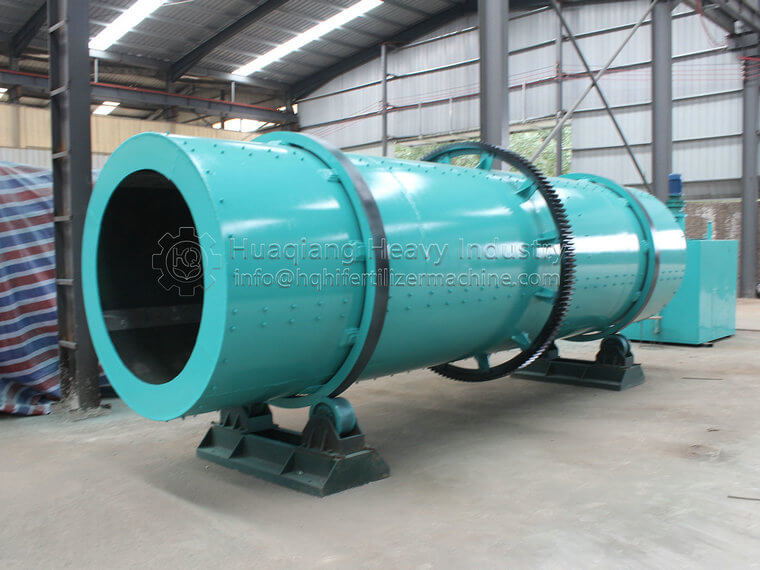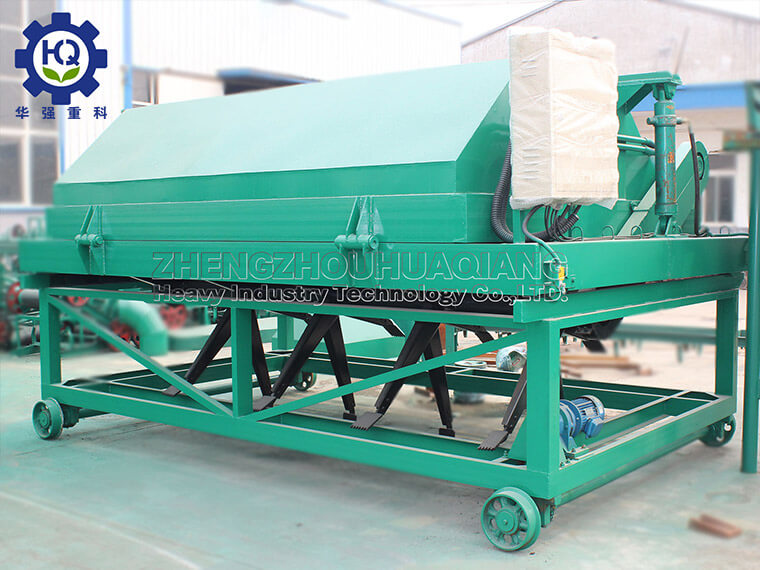There are several commonly used organic fertilizer composting machines for fermenting chicken manure, including the following:
Wheel type organic fertilizer turning machine:
Suitable for the flipping operation in the fermentation process of chicken manure, it has the advantages of simple structure, convenient operation, and low maintenance cost.
According to the size and shape of the fermentation site, different models of wheeled stackers can be selected.
Chain type organic fertilizer turning machine:
Suitable for large-scale chicken manure fermentation production lines, it can achieve continuous flipping operations and improve production efficiency.
Chain type flipping machines are usually equipped with automatic control systems that can accurately control the depth and time of flipping.
Spiral organic fertilizer turning machine:
Suitable for chicken manure fermentation processes that require high precision in flipping, it can achieve precise flipping and ensure uniform fermentation.
Spiral stacker usually has a compact structure and occupies a small area.
Self propelled organic fertilizer turning machine:
Suitable for situations that require mobile operations, it can freely move between different fermentation areas, flexible and convenient.
Self propelled stacker cranes are usually equipped with a power system that can drive themselves forward and backward.
Hydraulic organic fertilizer turning machine:
Suitable for situations that require heavy lifting, such as when chicken manure is piled up thick.
Hydraulic turning machines are usually equipped with hydraulic systems that can provide strong turning force.
When choosing a stacker, the following factors should be considered:
The size and shape of the fermentation site.
The fermentation cycle and flipping frequency of chicken manure.
The working efficiency and energy consumption of the equipment.
The reliability and durability of the equipment.
The maintenance and operation costs of the equipment.
According to actual needs and budget, you can choose the most suitable type of organic fertilizer compost turning machine for yourself. Before purchasing, it is recommended to conduct on-site testing to verify whether the performance of the equipment meets the requirements.

.jpg)
.jpg)
.jpg)


.jpg)

